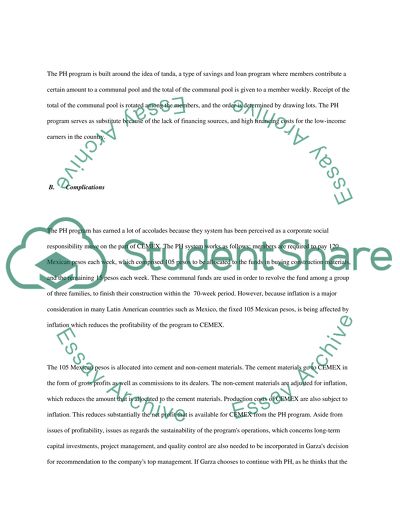Cite this document
(“Patrimonio Hoy: A Financial Perspective Case Study”, n.d.)
Retrieved from https://studentshare.org/miscellaneous/1559734-patrimonio-hoy-a-financial-perspective-case-study
Retrieved from https://studentshare.org/miscellaneous/1559734-patrimonio-hoy-a-financial-perspective-case-study
(Patrimonio Hoy: A Financial Perspective Case Study)
https://studentshare.org/miscellaneous/1559734-patrimonio-hoy-a-financial-perspective-case-study.
https://studentshare.org/miscellaneous/1559734-patrimonio-hoy-a-financial-perspective-case-study.
“Patrimonio Hoy: A Financial Perspective Case Study”, n.d. https://studentshare.org/miscellaneous/1559734-patrimonio-hoy-a-financial-perspective-case-study.


